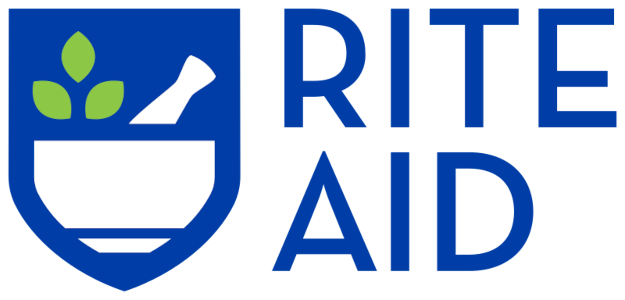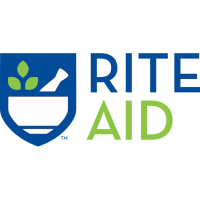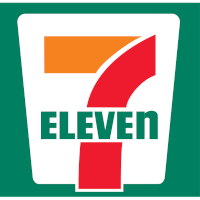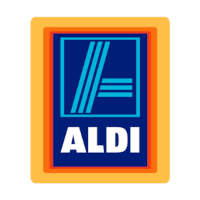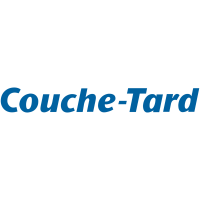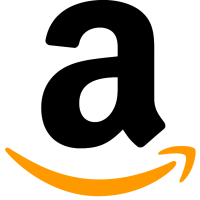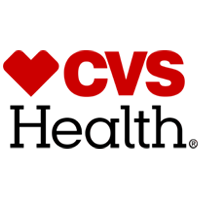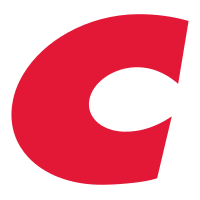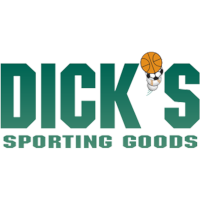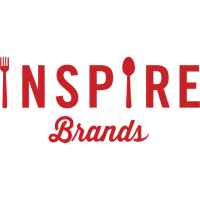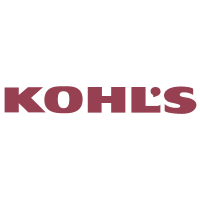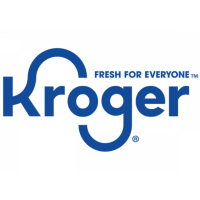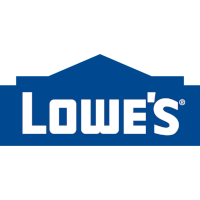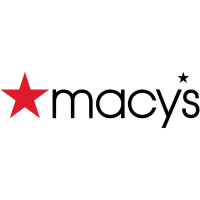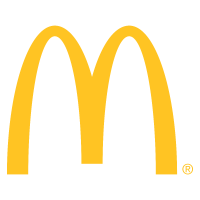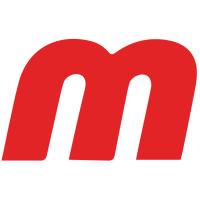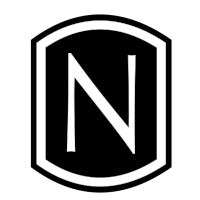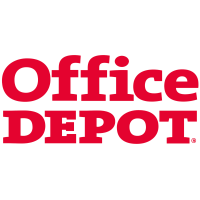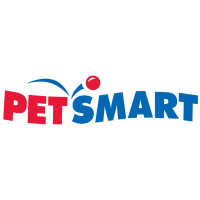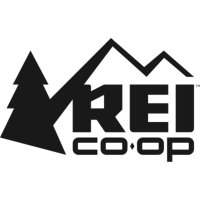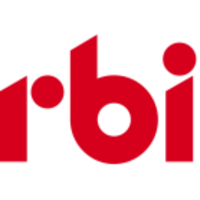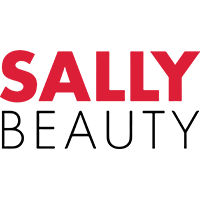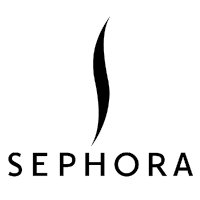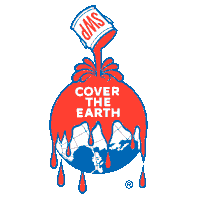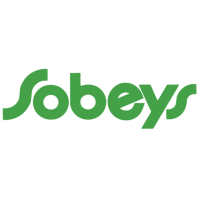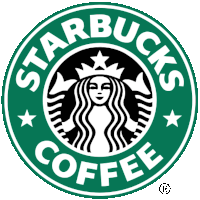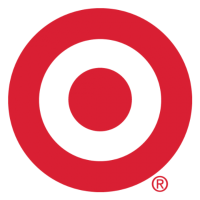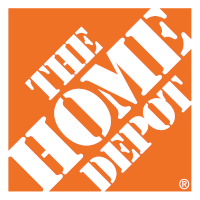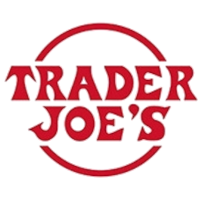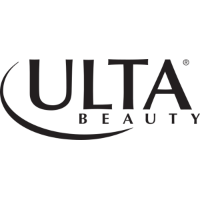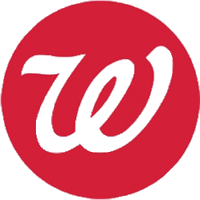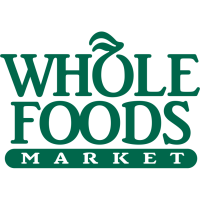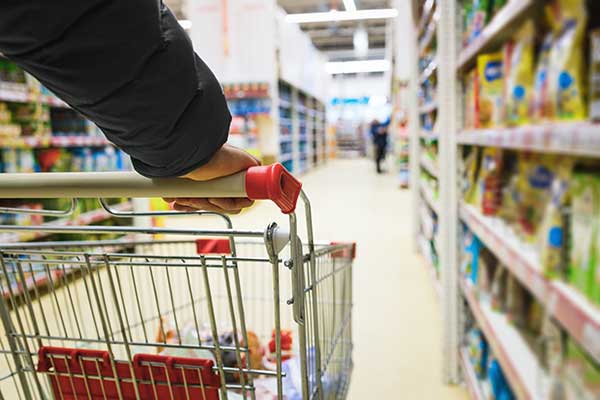Subsidiaries of Rite Aid
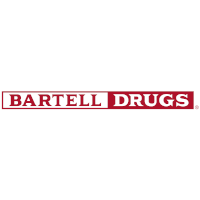
Key Findings and Recommendations
- Corporate Commitment: Rite Aid adopted a safer chemicals policy in 2018, which includes a clear preference for safer alternatives. The company should participate in the Chemical Footprint Project survey to improve its chemicals management and publicly support governmental policies to reduce chemicals and plastics of high concern.
- Transparency: Rite Aid encourages all suppliers of private-label and brand-name formulated products to disclose to it all ingredients and has publicly disclosed that as of March 2023, 70 percent of private-brand formulated products provided comprehensive disclosure without generic terms such as “fragrance.” The company should take the next step by requiring instead of merely encouraging suppliers to disclose that ingredient information and evaluate and disclose its chemical footprint.
- Ban the Bad: Rite Aid developed a restricted substance list (RSL) consisting of what it termed the “evil eight” chemicals for various private-label beauty and personal care products. The company has also adopted a broader list of chemicals it is screening against, which it recently expanded to include beauty justice chemicals. In 2023, the company reported that it had reformulated 165 of those products that contained the “evil eight” chemicals. Rite Aid should set new public, quantifiable goals for restricting the broader list of chemicals it has been screening, for both private-label and brand-name products.
- Safer Solutions: Rite Aid’s chemical policy includes a definition of safer alternative that is consistent with Washington state, but the company should significantly expand its work on safer solutions. Rite Aid should join other retailers by publicly committing to invest financial resources in tools and research to help its suppliers evaluate safer alternatives to chemicals and plastics of high concern. The company should also certify private-label products to credible third-party standards, such as EPA Safer Choice.
2024 Detailed Analysis of Rite Aid
Corporate Chemicals Policy
Adopted a safer chemicals policy
Oversight
Established management oversight
Chemical Footprint Project (CFP)
Participated in the CFP
Collaboration
Actively participates in collaborative process to promote safer chemicals
Public Policy Support
Supported governmental policies to reduce chemicals or plastics of high concern
Supply Chain Disclosure
Brands report use of chemicals or plastics in products or packaging to retailer
Supplier Accountability
Ensures supply chain accountability for chemicals or plastics restrictions
Consumer Disclosure
Brands disclose use of chemicals or plastics to consumers
Chemical Footprint Calculation
Publicly disclosed its chemical footprint
Restricted Substances List (RSL)/Manufacturing Restricted Substances List (MRSL)
Reduction/Elimination Goals
Chemicals and Plastics Reduction
Reduced or eliminated toxic chemicals or plastics of high concern
Safer alternative definition
Adopted a definition of safer alternative consistent with Washington state
Investment in Safer Solutions
Invested financial resources to advance and drive development of safer solutions
Implementation of Safer Solutions
Replaced chemicals or plastics of concern with safer solutions
Quantified Safer Products
Measured and disclosed progress towards safer products
How does Rite Aid compare to its competitors?
Previous Grade History
NOTE: Our evaluation criteria changed in 2024. The scores from previous review years through 2021 are based on a different set of criteria measured.
Click or tap on a grade year to review additional details (where available).

